Family’s Sydney home running on Powerwall costs them 46c per day
This Aussie family has incredibly cut their power costs to under 50c a day by embracing technology, and plenty more are set to join them.
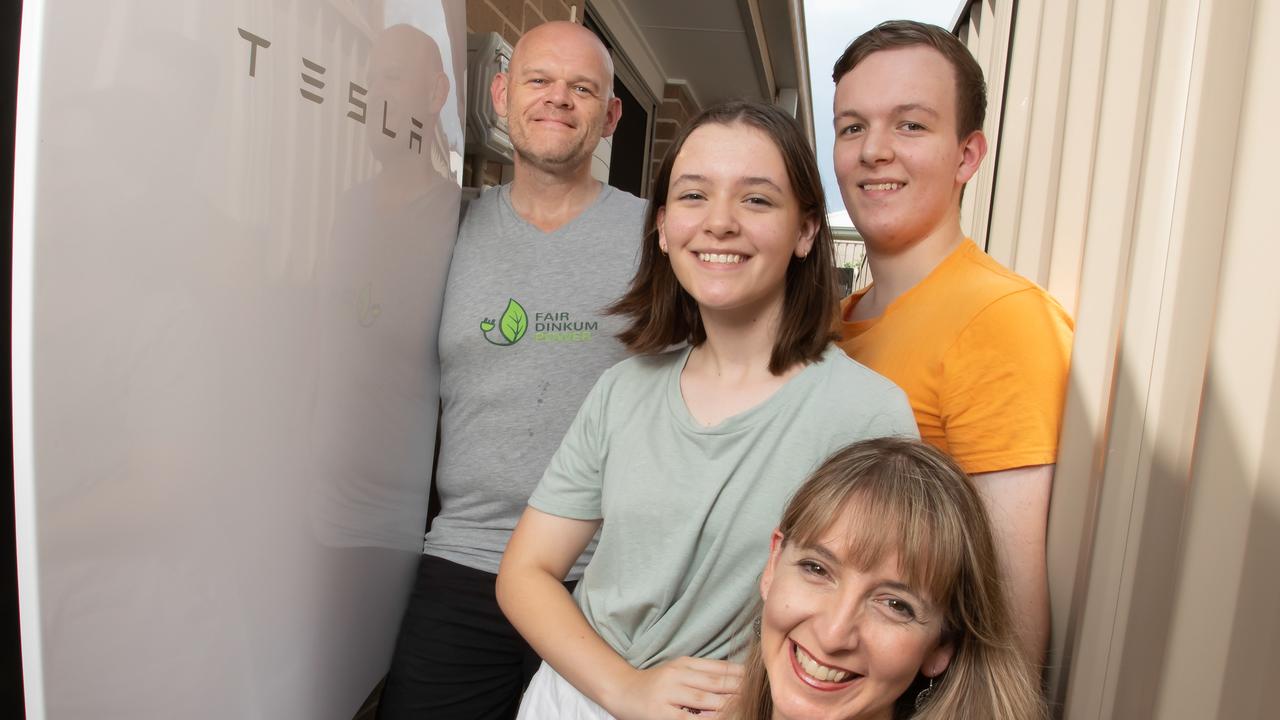
Instead of sinking thousands of dollars a year into power bills, Nick and Danielle Pfitzner have led the charge in finding a far less expensive route to keeping the lights on.
In 2016, the family of four became hi-tech guinea pigs when they were the first household in the world to install a Tesla Powerwall battery storage system.
MORE: ‘Let us stay’ plead Bondi girls
Steph Curry’s incredible San Fran pad
Hadids set for world’s most expensive knockdown
The bright idea means their electricity bill has averaged out at just 46 cents a day.
“The money we save on electricity, we actually use for other things. So a couple of years ago, we went on a road trip to country NSW and then up to Kosciuszko, and then down to the beach over the course of a week. So if you’re saving about $2000 a year, give or take, that’s fuel and accommodation for a family of four,” said Nick Pfitzner.
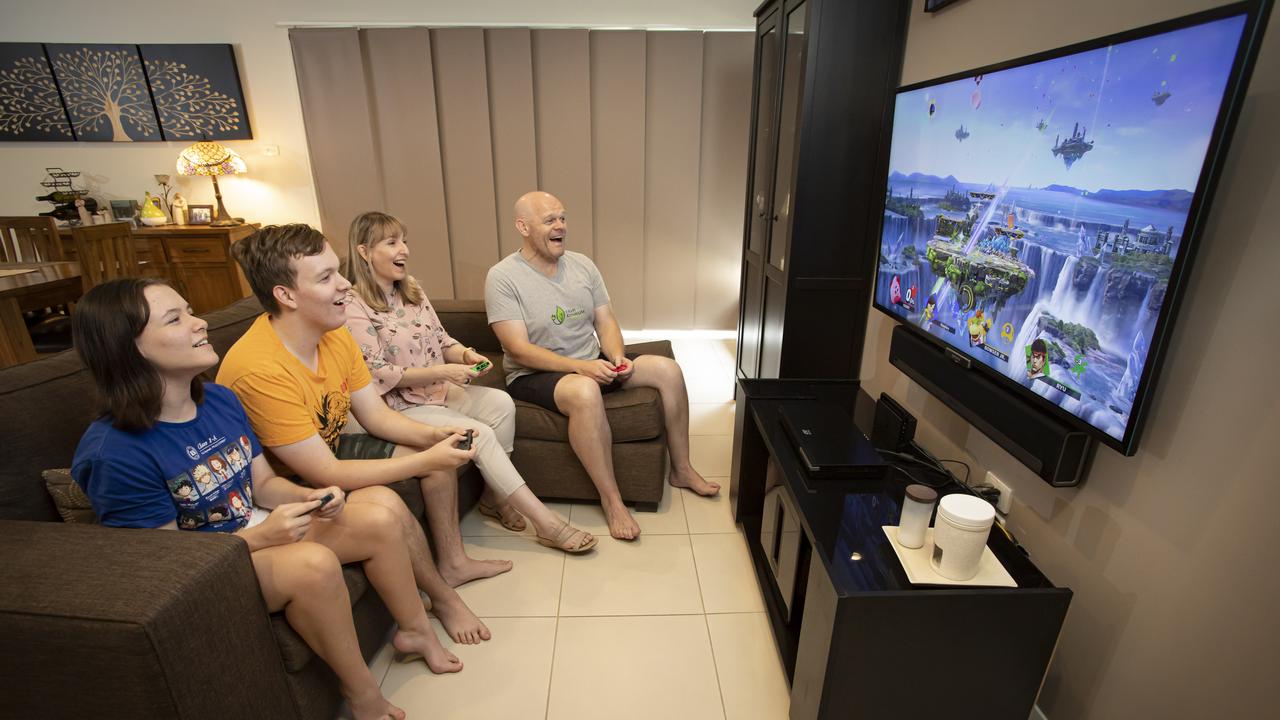
Counting the savings
Natural Solar, the solar panel and battery installer that supplied the Pfitzners’ Tesla Powerwall system, has crunched the numbers on the Sydney home and discovered that in four years they have saved $8463, or an average of $2116 each year.
Before installing the first generation Tesla Powerwall and 5kWp solar system, the Pfitzners were paying an average of $572 a quarter to power their four-bedroom home in Kellyville
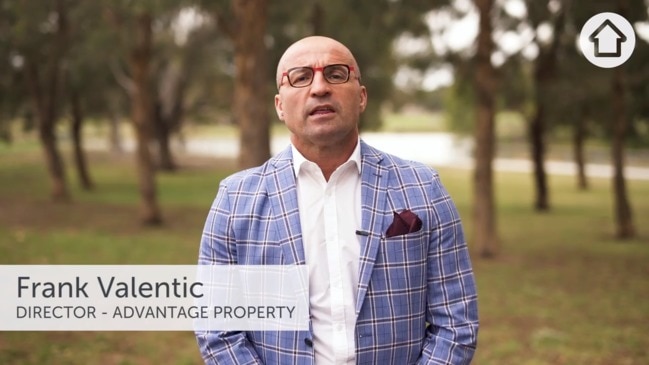
Ridge, complete with airconditioning, state of the art appliances and a pool.
“In that first year I had it installed, I knew everyone was watching and wondering how much it’s going to save. I was pretty vigilant with our power usage, but once I’d learned those lessons, I became a lot more relaxed. I’m not looking at the app every hour, I just get the alerts saying ‘Hey, the battery’s full and if you’ve got anything you want to do, you’ve got spare power until four o’clock this afternoon.’”
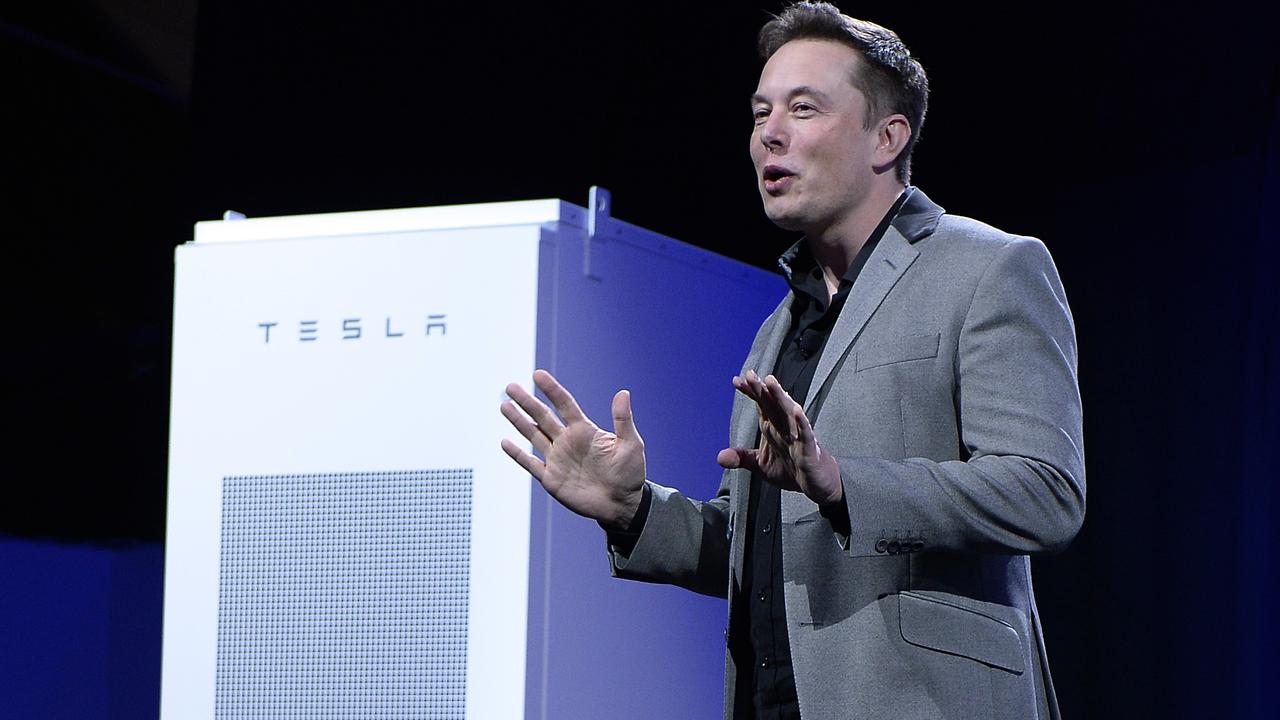
A lesson in efficiency
Mr Pfitzner said the system has helped his family, including his two children Sam and Hayley, understand how they use electricity.
“It’s just understanding that if it’s night-time and we’ve got three TVs on and the pool pump’s still running, then we won’t have power for breakfast. So why don’t we do the pool pump during the solar times and then at night we just cut back to what we need without compromising our lifestyle,” he said.
And having the battery also enables the family to give back to their neighbourhood.

“I’m part of a virtual power plant through my retailer, which is basically my battery and the other ones in the Sydney basin. If there’s an event on the grid, for example last week it was really hot but really cloudy and there was a heap of demand for air conditioners in the evening, I got an alert through to say, ‘Hey, do you want to sell some power to the grid?’”
Although it’s not a money-making scheme, Mr Pfitzner says the benefits are there.
“It’s not a huge amount off my bill when it’s paying me a dollar or two every time that happens. But when I’m only paying a couple hundred bucks a year … It is becomes substantial and it also helps the grid,” he said.
MORE: How Feng Shui can work for your home
Why more and more Aussies are living with their ex
Why housing affordability is getting worse
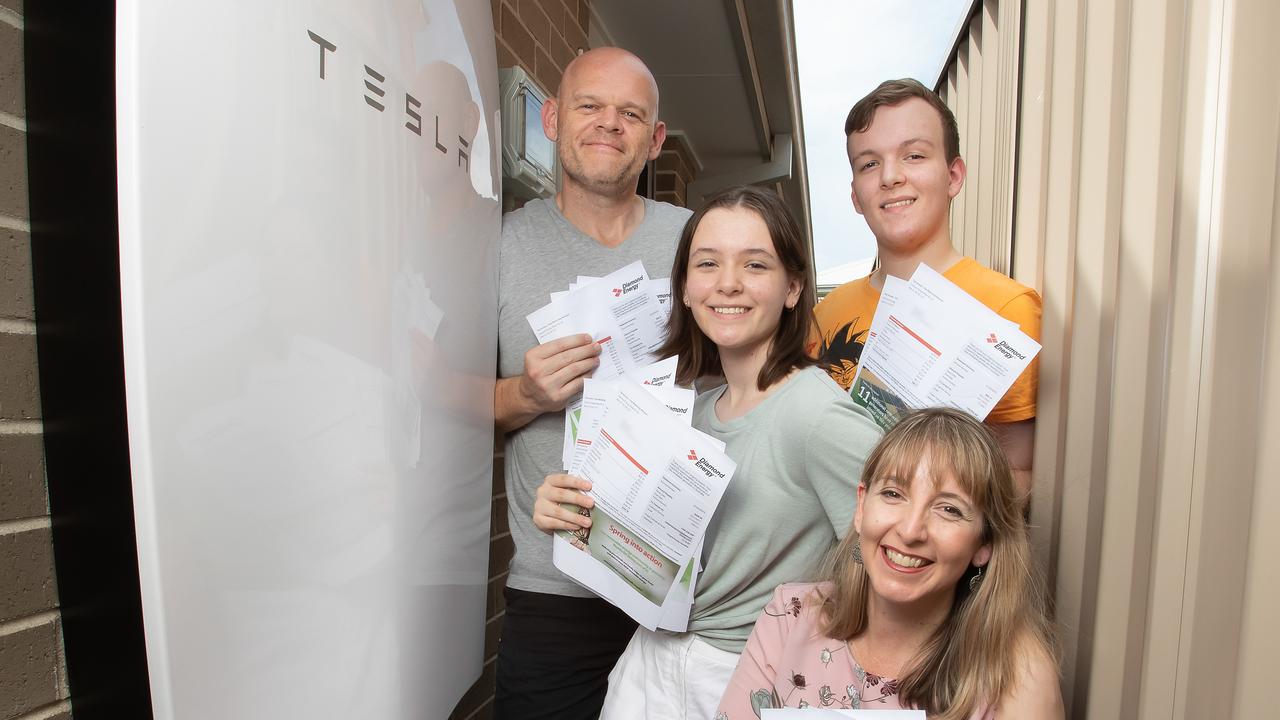
Energy’s bigger picture
Chris Williams, CEO and founder of Natural Solar said when people start talking numbers, they have a lot of questions.
“For many families, these results sit firmly in the ‘too good to be true’ realm,” he said.
Both Mr Pfitzner and Mr Williams agreed that some people do hesitate at the initial outlay for the system, which is about $16,000. However, considering it is half the cost of a typical family car that will always depreciate in value and continue to cost money, it is an asset that will pay for itself in several ways.
“We’re looking at a return on investment and the best case scenario is about five and a half to six years, which is fantastic. The other thing to keep in mind is, that return is just going to get better and better given that electricity prices are generally increasing somewhere between 10 per cent to 15 per cent per annum. So, what saves you $2000 today might be $2600 in three year’s time,” Mr Williams said.
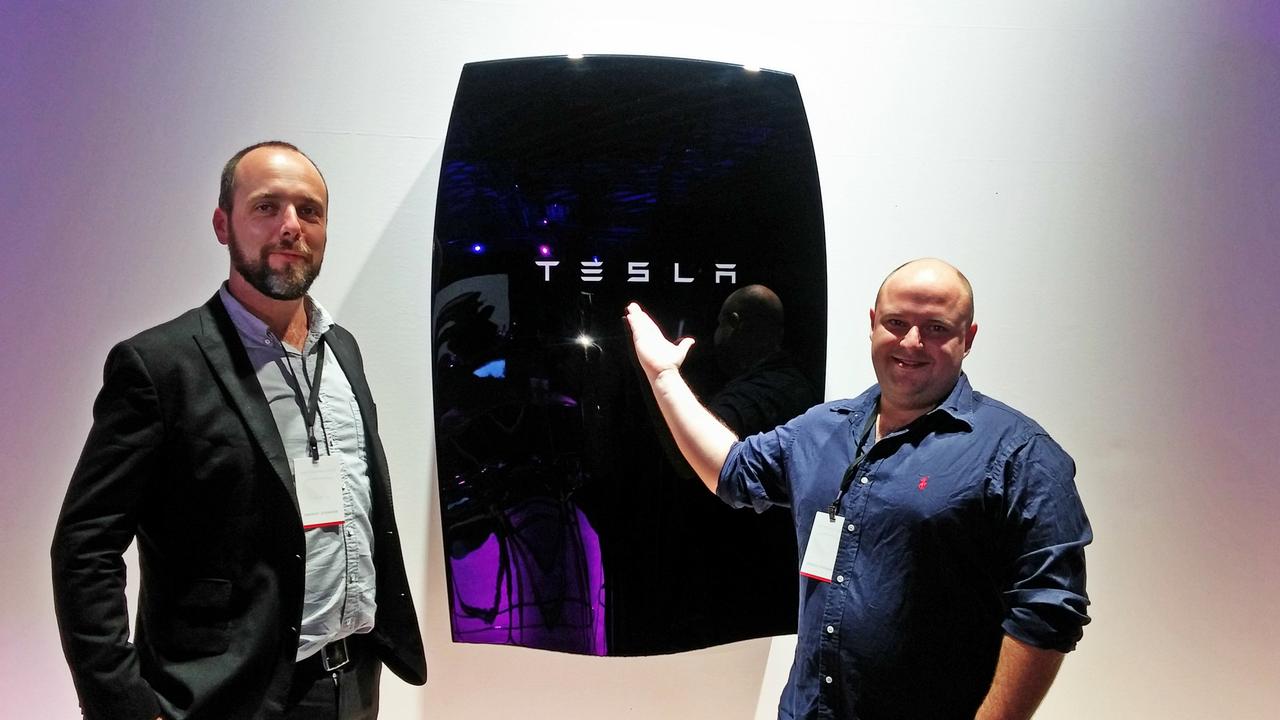
He said this technology would likely become mainstream in the not too distant future.
“This is something that people will consider when building new homes, renovating their existing home, or looking to upgrade to their next property. I think within the next 12 to 24 months you’ll see this just becomes normal technology that’s part of the cost of building a new home,” he said.
In the meantime, homes that have such power to reduce or even eliminate electricity bills will have a distinct advantage over others in the market place.
“There’s some evidence that supports anything up to a 10 per cent increase in the value of the home, give or take,” Mr Williams said.
“We’ve seen first hand in the ACT - where I think they’re the only state or territory that actually has an energy efficiency rating - we’ve actually found that the prices have gone up for homes with these benefits.”
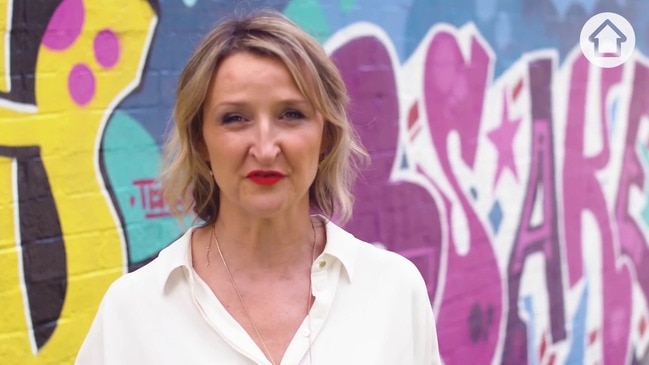
Originally published as Family’s Sydney home running on Powerwall costs them 46c per day




